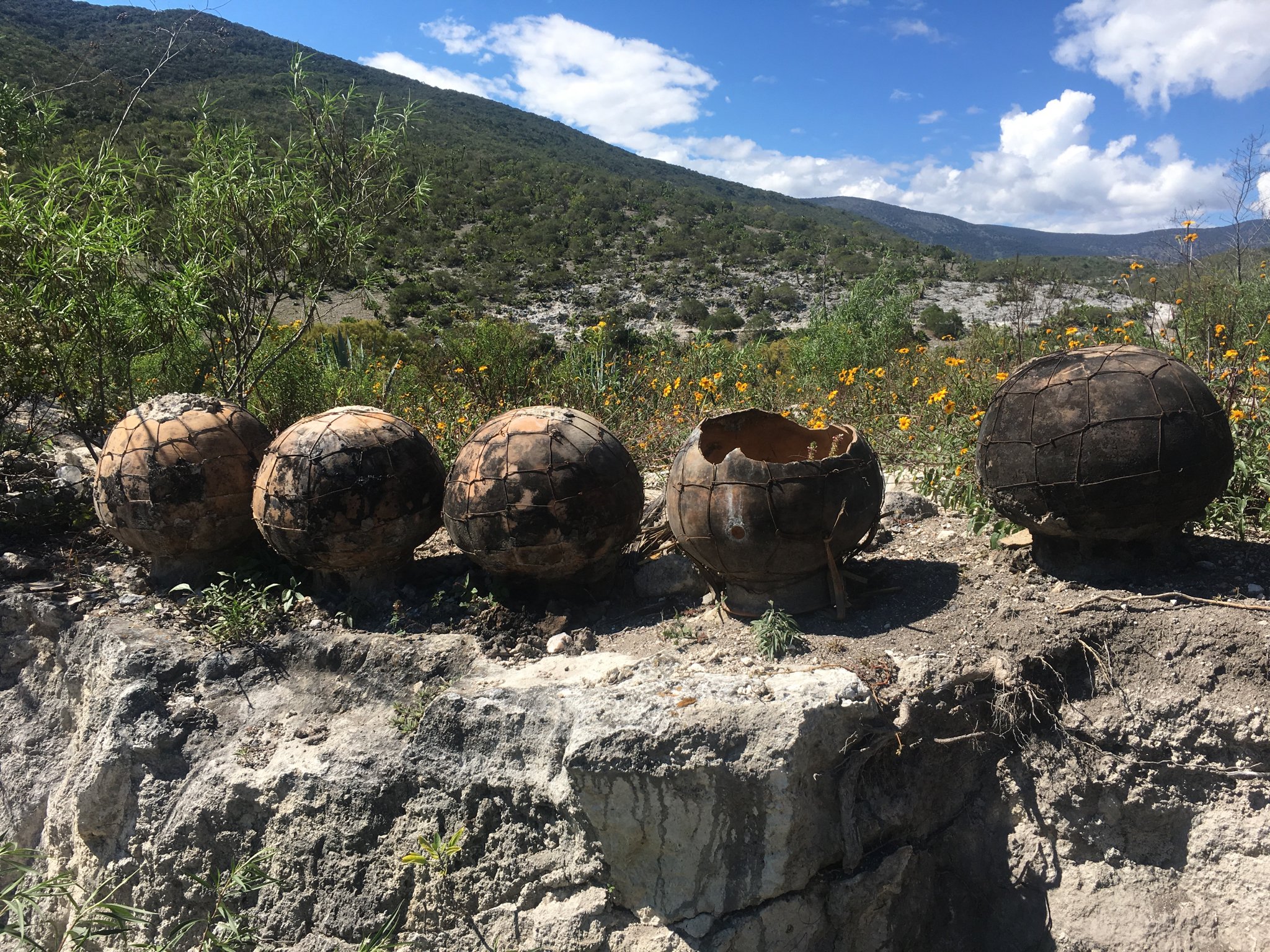
HISTORY
People in Mexico have been fermenting and distilling agave since long before there was a Mexico. Conservative estimates put the first destilados between 400-450 years ago, while others have argued that indigenous people developed the technology even before the Spanish conquest.
Whenever the first batch was cooked up, by the mid-1600s, mezcal was being widely produced throughout what is now Mexico. Since then, it has played an important role in social and religious traditions, despite being repeatedly outlawed at various points by every ruling government until the mid-1990s.
As it is popularly thought of in Mexico, “mezcal” simply means any distilled spirit made from any agave. It’s a broad category, like saying wine or beer. Under the umbrella of mezcal, there are many smaller classes and types distinguished by various combinations of geography, species of plant, and equipment being used; much as we understand the differences between say, a pinot noir from Burgundy and one from Russian River Valley.
The most famous of these styles of mezcal is of course tequila, named for the town in Jalisco where it originated, which, for a variety of reasons, has eclipsed the rest of the agave spirits category over the last 140 years. Whatever your feelings about tequila, it is by its legal definition a relatively industrial product with a relatively narrow range of flavors and a limited sense of terroir.
Since ending the formal ban in the 1990s, the Mexican Government has applied a controversial definition of mezcal that is much more limited than what the category has historically and popularly included. For this reason, some of the best mezcales being produced today are not allowed to write "mezcal" on their label and must use the phrase "destilado de agave" or "aguardiente de agave" for a product that is equally traditional if not more so.



